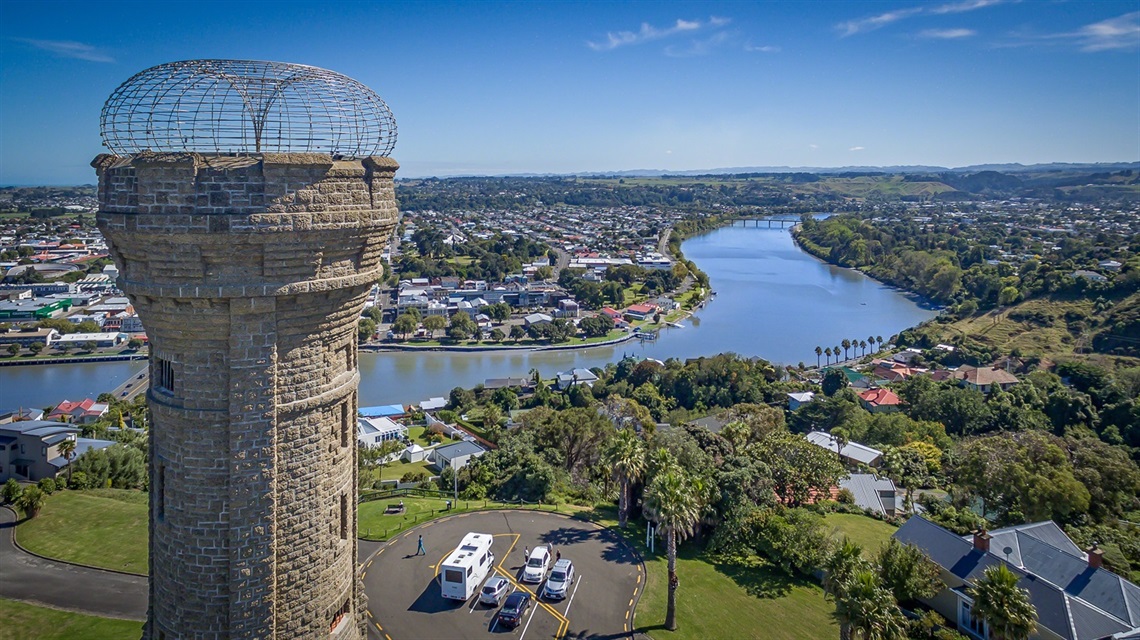Green light for Whanganui heritage strategy
Published on 30 March 2021

Whanganui District Council resolved today to proceed with a heritage strategy for the district, with public consultation on the draft ten-year heritage strategy document expected to commence in April.
The council’s heritage advisor, Scott Flutey, says the strong response to his heritage survey in late 2020 guided the development of the draft strategy.
“We were thrilled with how the community engaged with the heritage survey and we’re looking forward to hearing people’s input again as we work towards finalising the strategy.
“We know our community values Whanganui’s heritage and we want everyone to have a chance to contribute to the shaping of this document once it goes out for consultation.”
He says it’s vital to preserve built heritage because it’s “a community asset that enhances people’s wellbeing – when we view and appropriately use our built heritage it generates a sense of appreciation and reminds us of the rich stories our district has to tell, strengthening our sense of identity and connection to place.”
Scott Flutey says it’s beneficial to have a heritage strategy because it means the council can be guided by community views in its decision-making processes. The strategy defines the council’s heritage goals and sets out a framework for facilitating, encouraging and managing successful historic heritage outcomes.
It will also include an action plan to support owners of potentially earthquake-prone heritage buildings with carrying out upgrades that are legally required in coming years and this will help retain Whanganui’s historic streetscapes and heritage sites.
“While a broad definition of heritage is acknowledged by the strategy, the scope of the document is built heritage and landscapes, archaeological sites and cemeteries. There is room for it to support some aspects of intangible heritage around key Whanganui stories.
This may include selected Whanganui narratives or histories, where appropriate to share in the public domain, leading to improved signage and interpretation in some cases.”
The consultation will start in April and run for two months. Digital and paper submissions will be welcomed and there will also be opportunities to have kanohi ki te kanohi (face to face) input at workshops.
Once community feedback has been incorporated into the strategy, it is expected to go to the council for adoption in September.